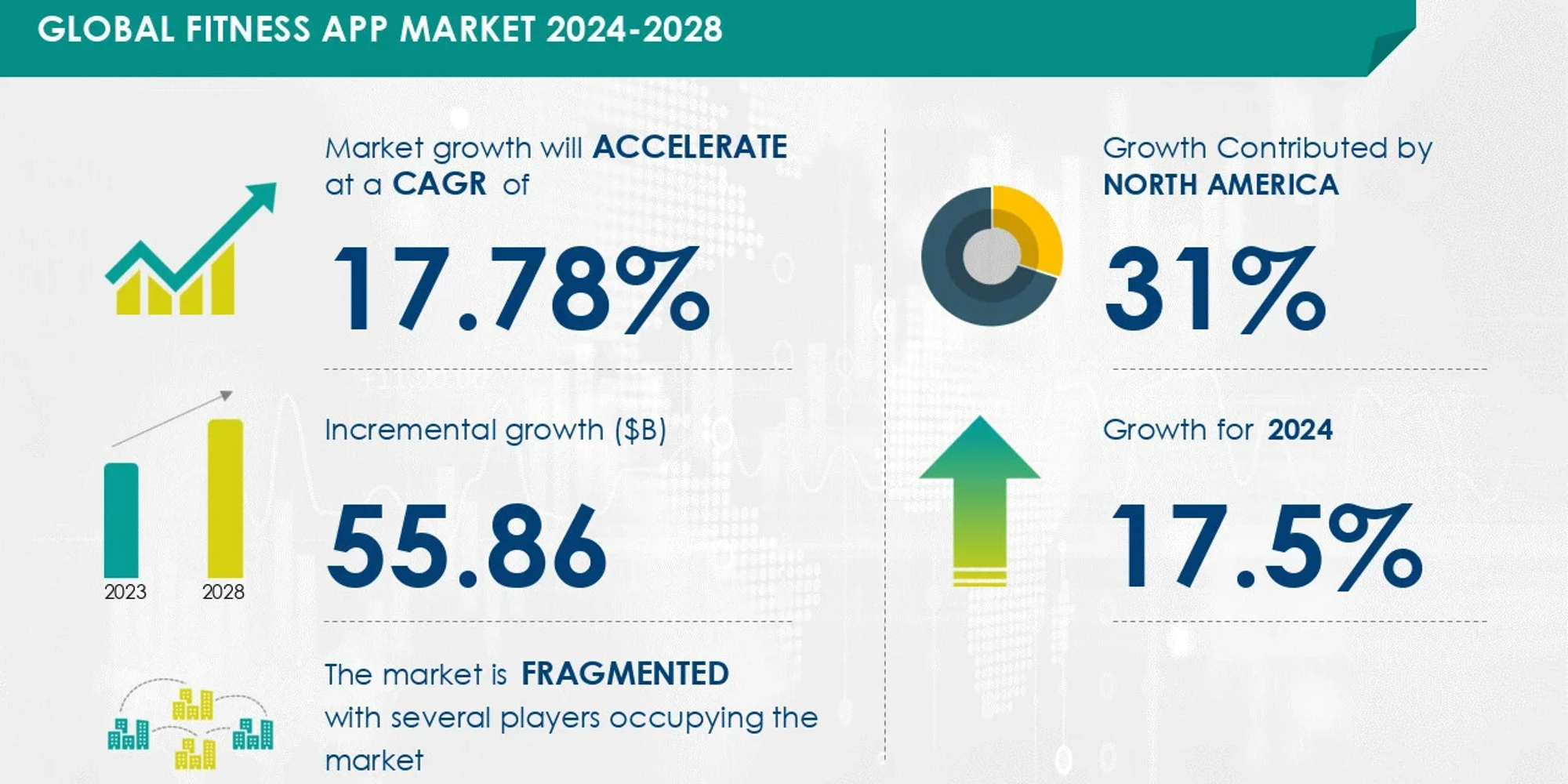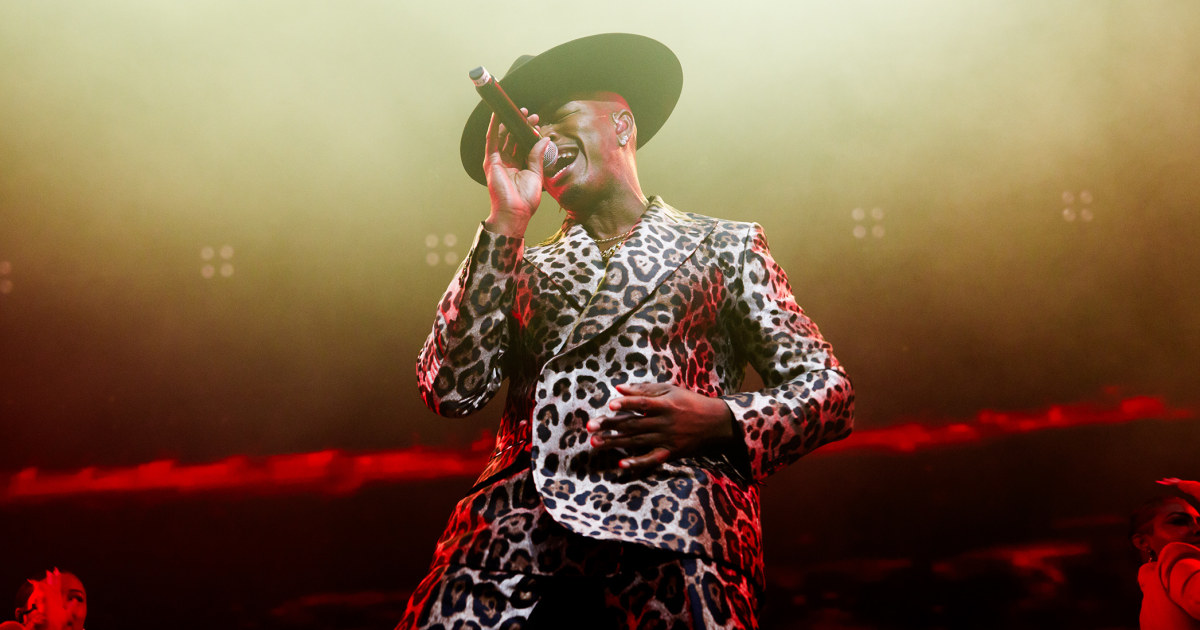Jobs
Is a presidency, with all its challenges, still a dream job? (opinion)

I was talking with my daughter and her friend, both relatively new to the workforce, about the challenges and rewards of being a university president. As I was regaling them with anecdotes from the past and sharing my greatest joys, I added that as a leader in any industry, you are really just “choosing your hard.” To lead is challenging, but hopefully, you’re choosing the hard that fulfills your life’s purpose and furthers the common good.
As I shared the challenges and talked about the hard stuff, they asked me, “But what about having your dream job?” I attempted to explain that a dream job is not one without difficulty. The difficulty is, in fact, vital for a dream job, because it gives the rewards even greater meaning and helps you persevere through the challenges.
I explained to my daughter and her friend that part of what makes my current role my dream job are the people I get to show up with every day to do this difficult work. My team makes me want to go to work. I shared with those emerging professionals that it’s easier to choose your hard— and makes for an even better dream job—when you trust and empower the people who work with you.
But even more, what makes my work as a university president my dream job is that I believe people need me in this work. The people I have the privilege of serving each day—my students and their families, our faculty and staff members—need our institution. Part of holding my dream job is communal: supporting and serving others in a way that advances an institution’s collective mission as well as my own vocational calling.
Throughout my career, I have chosen the hard of creating educational access, of ensuring that any young person who seeks an excellent education is able to receive one. This mission is an especially challenging yet incredibly worthwhile one right now. My hard is finding and deploying the resources needed to ensure the most underrepresented among us have access to an excellent liberal arts education. I have to convince donors of the vital importance of this work and lawmakers of the value of the liberal arts. Even more, I spend a staggering amount of time and energy convincing well-intentioned stakeholders that educating low-income, first-generation and students of color is at the very heart of our institution’s mission.
This hard work—which often means confronting implicit bias, including racism and classism—is done in the depths of our souls. It also means, on a day-to-day basis, gently taking the hands of students who question their worthiness, who have been told they can’t and who are struggling with their own issues as I try to strengthen these amazing young people to face another day. It can be grueling to journey in these darkest moments, even as we confront all the normal leadership challenges of leading an institution of higher education. But we sojourn on through the darkness, because our students are the dream.
For other college presidents, their hard may be reimagining an academic program or engaging in extensive fundraising to ensure institutional sustainability. Others may choose the hard of developing a challenging board to become its best governing self. While none of these hards are mutually exclusive, most of us have one that takes the preponderance of our time and energy each day. We choose our professional hard in alignment with our vocation and purpose. We choose our dream job because it is in alignment with our personal mission.
As I stared at my perplexed daughter and her friend—they didn’t seem to agree that dream equals hard—I wondered if their notion of a dream job was one that I dismissed too readily. Perhaps I was embodying a different generation’s notions of what work was meant to be. Maybe there was a job wherein one only had joy at all times without challenge. But as I reflect on that exchange, I wonder if perhaps this misalignment of what constitutes a dream job may account, in part, for the unprecedented churn we are seeing in higher education. Perhaps it is a misalignment between what people expect to be the perks of president as a dream job versus the true reality of the job. For me, being a university president is a dream job because I get to impact the trajectory of young people’s lives for the better. The reality is that outcome necessitates a very long, often challenging, trajectory to achieve. To stay with the work—the long game, if you will—there must be a clear and compelling alignment between the work, the team, those being served and the mission. The dream part of the job takes a lot of time and effort. Numerous news articles and commentaries have explored the challenges of leadership in higher education, especially in recent years.
As we witness the highest number of college presidents enter and quickly exit the field these days, I wonder if lack of alignment and the fallacy of a “dream job” is playing a key role in that ever-faster revolving door. At this time of year, we welcome into the fold those who just started their jobs as campus leaders at institutions across the country, as they often take their new positions in the summer. I encourage every new or aspiring leader to ask themselves if the work they plan to undertake is in alignment with their personal mission as well as professional aspirations.
Are you showing up each day only because the trappings of leadership appeal to you? Or are you doing so because, in addition to fulfilling your vocation, it’s the right thing for the people whom you are serving? Is it a dream job because of its ease or because of its impact? If it’s the latter, hang in there; you’ll find no greater reward. If it’s the former, it’s very likely time to consider your future dream job.









